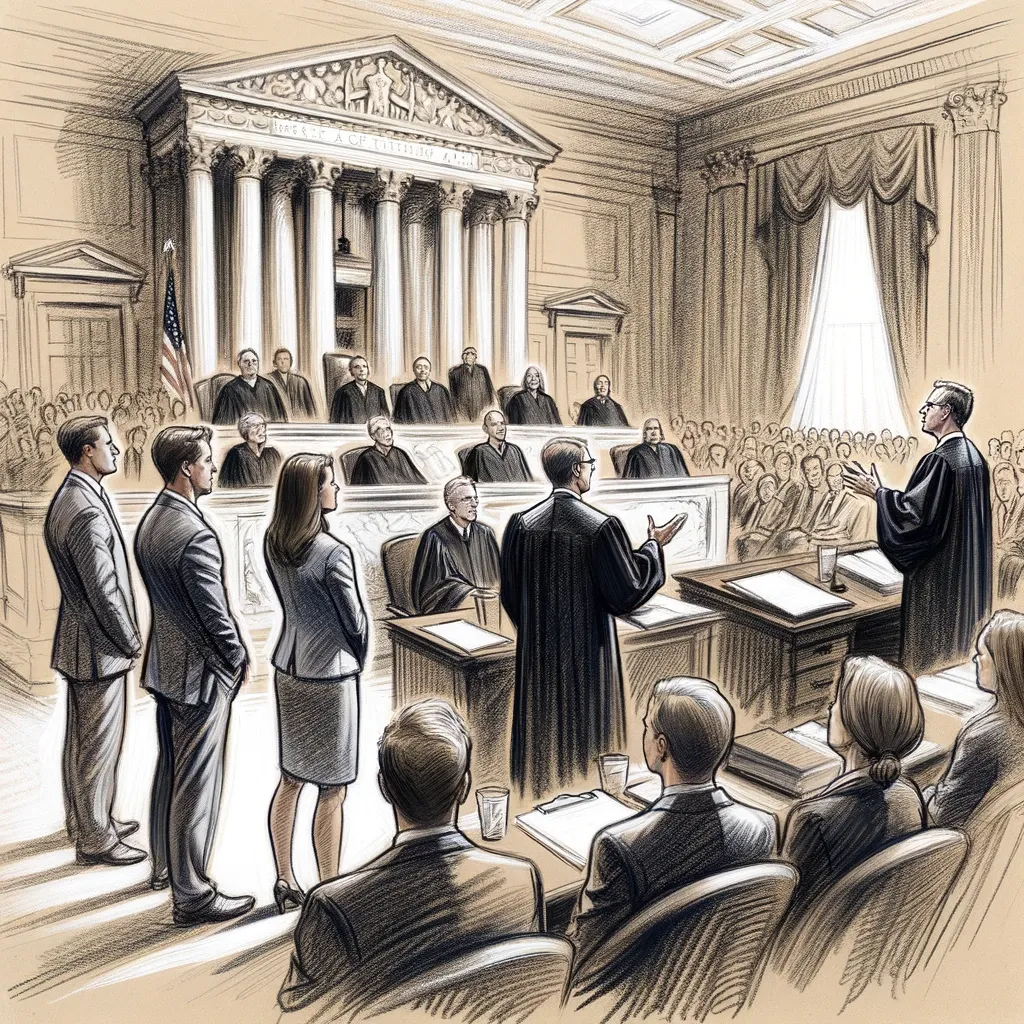Case Digest on Sackett et ux. v. Environmental Protection Agency et al.

This case concerns the regulatory authority of the Environmental Protection Agency (EPA) over private property under the Clean Water Act. The core issue revolves around the EPA's determination that the Sacketts' property contained wetlands subject to federal jurisdiction, thereby restricting their ability to develop the land without a permit.
Introduction:
Sackett et ux. v. Environmental Protection Agency et al. is a pivotal case that explores the balance between private property rights and environmental regulations. The Supreme Court's review focuses on the extent of the EPA's jurisdiction under the Clean Water Act, particularly in relation to private land development.
Facts of the Case:
Michael and Chantell Sackett purchased a property near Priest Lake, Idaho, with the intention of building a home. Upon beginning land alterations, the EPA intervened, asserting that the property contained wetlands falling under federal jurisdiction. The Sacketts were ordered to halt development and restore the property to its original condition, facing substantial fines for non-compliance.
Issue of the Case:
The legal question at hand is whether the EPA's determination that the Sacketts' property contains federally protected wetlands is consistent with the statutory and regulatory scope of the Clean Water Act, and whether the Sacketts have the right to judicial review of this determination.
Ruling of the Case:
The Supreme Court's ruling will clarify the criteria for federal jurisdiction over wetlands and the procedural rights of property owners to challenge regulatory determinations made by the EPA under the Clean Water Act.
Impact on the Legal System:
The decision has significant implications for environmental regulation, property development, and the administrative reach of federal agencies. It will potentially influence future determinations of federal jurisdiction over wetlands and the process by which property owners can dispute such determinations.
Conclusion:
Sackett et ux. v. Environmental Protection Agency et al. addresses critical questions about the intersection of environmental stewardship and property rights. The Supreme Court's decision will contribute to shaping the legal framework governing land use, environmental protection, and the limits of regulatory authority.

